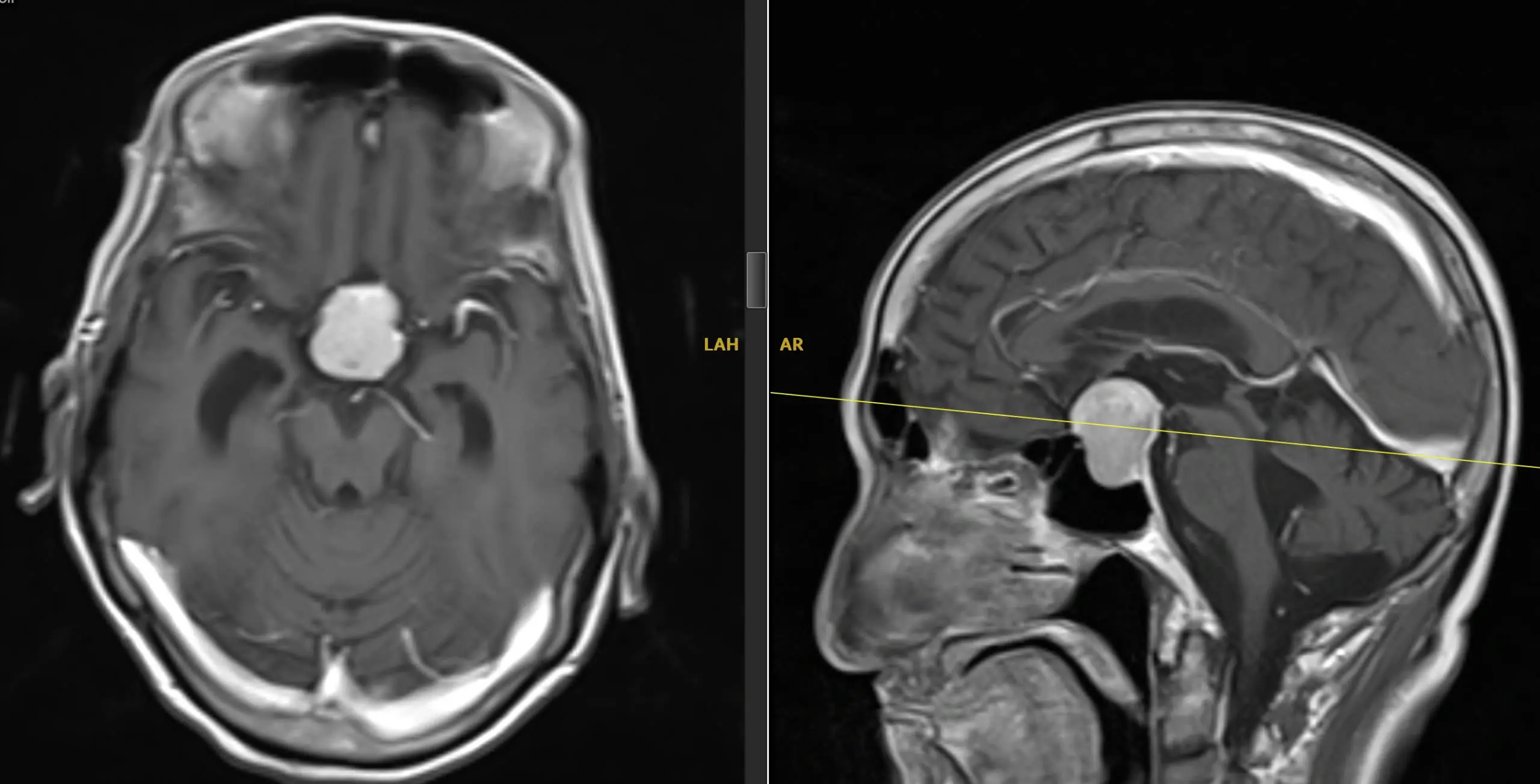
Doctors warn of many cases of blurred vision and headaches of unknown cause

Doctors Warn About Blurred Vision and Headaches of Unknown Cause
Introduction
In recent years, doctors have observed an increasing number of patients presenting with symptoms of blurred vision and persistent headaches without an immediately identifiable cause. These symptoms not only affect quality of life but may also signal serious underlying health conditions. Therefore, timely recognition, evaluation, and management of these symptoms are essential to prevent dangerous complications.
What Are Blurred Vision and Headaches?
-
Blurred vision refers to a reduction or loss of sharpness of sight, causing images to appear fuzzy or unclear, affecting one or both eyes. It can be temporary or persistent depending on the cause.
-
Headache is pain or discomfort in the head area, ranging from mild to severe or occurring in episodes. Common types include tension headaches, migraines, and headaches caused by other medical conditions.
When these two symptoms occur together and persist, especially without a clear cause, it poses challenges for diagnosis and treatment.
Common Causes of Blurred Vision and Headaches of Unknown Cause
1. Eye Strain and Digital Fatigue
In the digital age, prolonged use of computers, smartphones, and screens is widespread, leading to:
-
Eye fatigue, dryness, and redness due to reduced blinking.
-
Computer Vision Syndrome causing blurred vision, headaches, and eye strain.
-
Headaches related to poor posture and excessive eye effort.
2. Migraines and Neurological Disorders
-
Migraines often involve visual disturbances such as flashing lights, temporary vision loss, or blurred vision along with headaches.
-
Neurological conditions like optic neuritis, idiopathic intracranial hypertension, brain tumors, or brain lesions can cause blurred vision and headaches.
3. Hypertension (High Blood Pressure)
-
Poorly controlled high blood pressure can affect cerebral and ocular blood vessels, leading to vision changes and headaches.
-
Hypertensive retinopathy damages the retina and reduces vision.
4. Eye Diseases
-
Uncorrected refractive errors such as myopia, hyperopia, or astigmatism can cause blurred vision and headaches due to eye strain.
-
Conditions like glaucoma, cataracts, and macular degeneration also contribute.
5. Other Causes
-
Anemia, dehydration, hormonal imbalances.
-
Infections, meningitis.
-
Medication side effects.
Why Are Blurred Vision and Headaches of Unknown Cause Concerning?
These symptoms, while common, can indicate serious health issues, including:
-
Stroke: Blood vessel blockage in the brain may present initially with blurred vision, severe headache, balance loss, or weakness on one side.
-
Brain tumors: Masses can compress visual centers and cause progressive headaches.
-
Optic neuritis: Inflammation of the optic nerve may cause permanent vision loss if untreated.
-
Increased intracranial pressure: Causes severe headache, vomiting, blurred vision, and can lead to brain damage.
What to Do When Experiencing Blurred Vision and Headaches?
-
Seek medical attention promptly: Do not ignore these symptoms; visit an ophthalmologist or neurologist.
-
Comprehensive eye exam: Includes visual acuity, intraocular pressure, and fundus examination.
-
Neuroimaging: MRI or CT scans may be required to rule out brain pathologies.
-
Laboratory tests: To check for diabetes, anemia, electrolyte imbalances.
-
Symptom monitoring: Record onset, duration, severity, triggers, and associated symptoms to assist diagnosis.
Prevention and Symptom Management
-
Limit screen time: Take breaks every 20-30 minutes and perform eye exercises.
-
Correct posture: Maintain proper ergonomic positioning.
-
Maintain overall health: Healthy weight, balanced diet, and regular exercise.
-
Manage underlying conditions: Control blood pressure, diabetes, and other diseases.
-
Stress reduction: Relaxation techniques such as yoga or meditation can reduce tension headaches.
When to Seek Emergency Care?
Go to the emergency room immediately if you experience:
-
Sudden, severe headache unlike any before.
-
Sudden loss or blurring of vision in one eye.
-
Weakness or numbness on one side of the body.
-
Difficulty speaking or facial drooping.
-
Loss of balance or sudden falls.
Conclusion
Blurred vision and headaches are common symptoms but should not be underestimated, especially when persistent and of unknown cause. They may be early warnings of serious medical conditions requiring prompt diagnosis and treatment. Raising awareness, early screening, and adopting a healthy lifestyle are key to protecting your health and preventing dangerous complications.
News in the same category


Can overly hot baths harm your heart and circulation?

7 signs of brain c.a.ncer that are easily confused with other diseases

4 Things to Avoid After 5 PM to Lower Your Risk of Stro.ke

Bladder Ca.ncer: Symptoms You Shouldn’t Ignore

The Surprising Benefits of Donating Bl.o.od

5 types of vegetables and fruits help cool the liver and effectively lower liver enzymes

Woman Sudden Kidney Failure After Meal: Doctor Says “This Vegetable Is Poisonous… You Shouldn’t Eat It”

3 Critical Mistakes You Must Never Make with a Stro.ke Victim — Regret Won’t Undo the Damage

Shocking Truth: Black Garlic Isn’t for Everyone — 5 Types of People Who Should Avoid or Limit It Immediately

5 Early Warning Signs Your Body May Be Signaling Can.cer — See a Doctor Before It’s Too Late

Who should not drink soy milk? 6 things to remember

Understanding Vestibular Disorders: Causes, Symptoms, and How They're Treated

Symptoms of end stage kidney can,cer

4 best vegetables to help prevent canc.er

This fruit is extremely high in starch but helps reduce blood sugar and prevent 5 types of can.cer

These 3 “Frugal” Habits Are Actually Selling Out Your Health

Types of cooking oils that are good for the heart

When Your Li.ver Is “Drenched” in Fat, Your Body Sends 5 Nighttime Warnings

Man Diagnosed with Kid.ney Failure from 3 "Tasty" Foods
News Post

The Most Nutritious Part of the Chicken—“Pricier than Gold” Yet Often Thrown Away by Home Cooks

Doctor Urges 4 Actions to Protect Your Body’s "Blo.od Filter"

6 Smart Tips for Choosing Quality Honey Sellers Don’t Want You to Know

Can overly hot baths harm your heart and circulation?

7 signs of brain c.a.ncer that are easily confused with other diseases

4 Things to Avoid After 5 PM to Lower Your Risk of Stro.ke

Doctors Warn: This Common Way of Eating Boiled Eggs Can Clog Your Arteries

Blanch Bones First or Simmer Directly?

2 Common Vegetables That Can Harbor Parasites

The 'Vitamin C King' of the Vegetable World

Avoid Swimming If You Spot 'Square Waves'

3 Green Vegetables Called the “King” of Sto.mach Protection

Why You Should Not Bring Seeds on a Plane: A Detailed Explanation

Bladder Ca.ncer: Symptoms You Shouldn’t Ignore

4 Healing Drinks to Prevent and Dissolve Kidney Stones

10 Powerful Reasons a Simple Smile Can Change Your Life

The Surprising Benefits of Donating Bl.o.od

5 types of vegetables and fruits help cool the liver and effectively lower liver enzymes

Top vegetable to help reduce visceral fat extremely effectively, nutritionist reveals 4 more easy ways to lose weight
